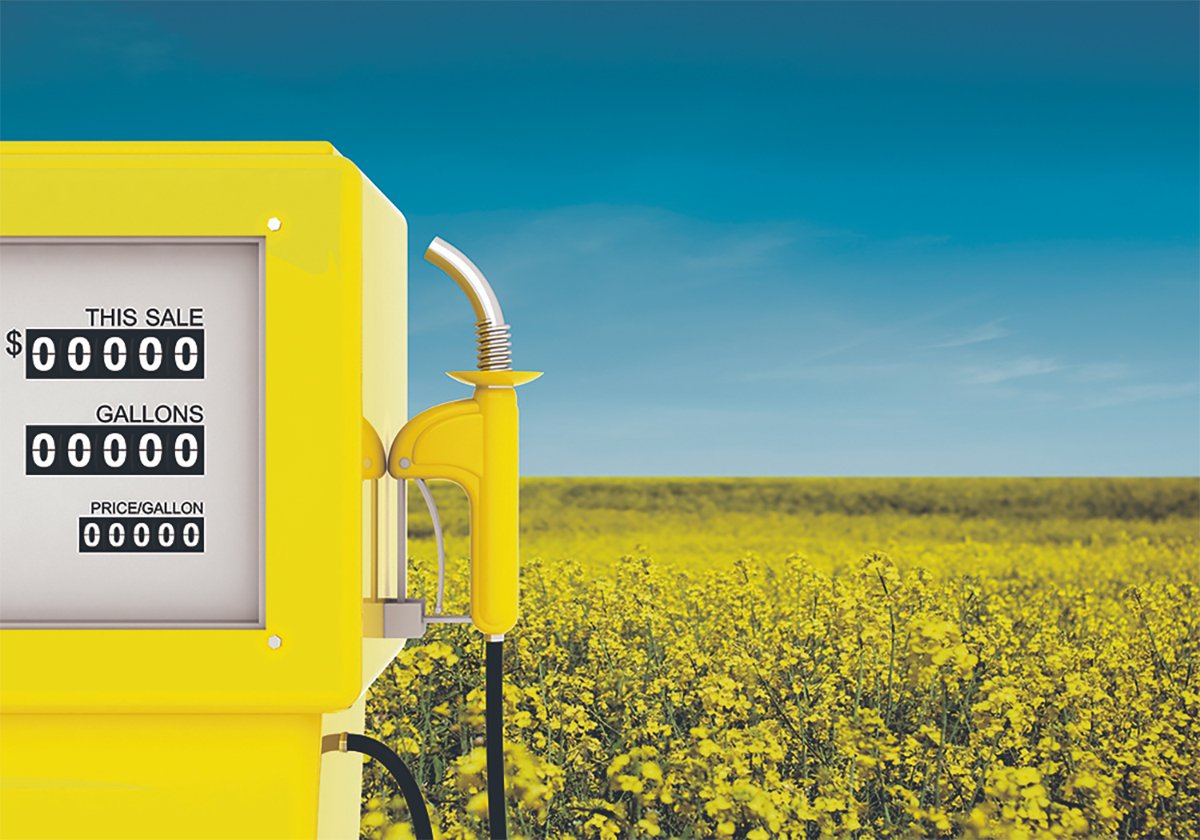The May 11 U.S. Department of Agriculture report talks about this summer’s crop, but some analysts say what’s more important is the forecast for demand and what it means for stocks at the start of 2008-09.
USDA forecasted big crops, but strong demand too, meaning Mother Nature will need to co-operate to avoid shortages going into the 2008-09 crop year.
“Under any scenario of weather threats to new-crop production, all bets are off,” said Mike Jubinville of Pro Farmer Canada. “Right now the expectation is for very high yield and very high production.”
Read Also

Biofuel sector happy with federal budget
Advanced Biofuels Canada says new Biofuel Production Incentive is a lifeline until CFR amendments are in place.
That’s a rash expectation, said Mike Krueger of The Money Farm in Fargo, North Dakota.
“It’s pretty thin ice we’re on here,” Krueger said of the corn crop being seeded.
“The next two or three months could mean a huge amount of difference to the price.”
Crop markets are in new territory, with large inventories failing to depress prices. Instead, North America’s large crops are being met by booming prices.
“There are enough feed grains. There are more than enough oilseeds. And wheat, while tighter, is comfortable at this stage,” said Jubinville about the supply situation.
USDA found 2006-07 U.S. wheat ending stocks of 412 million bushels, corn ending stocks of 937 million bu. and soybean stocks of 610 million bu.
Both the corn and soybean numbers were higher than the market expected, but the market no longer cares about 2006-07, Jubinville said.
“The market is looking a year down the road.”
That’s where USDA gave bullish news to the market: it predicted 2007-08 ending stocks lower than analysts’ expectations in wheat and corn and much lower in soybeans.
Corn and wheat stocks might be modestly larger at the end of 2007-08, but they won’t drown the market as they would have done in the past. Big supply doesn’t matter if there’s big demand.
“We’re looking at all-time record production (of corn), but we’re seeing the real influence of this biofuel thing come to play,” said Jubinville.
“We’re building production, but we’re not building carryout.”
Corn has been the price leader since the start of the calendar year and will likely remain so, both analysts said. But Jubinville said canola, the price laggard, will probably revive in early 2008.
Corn prices now benefit from a large number of ethanol plants going into production. Most biodiesel plants will not come on-line until 2008.
“As a canola producer, this doesn’t mean prices having to skyrocket today, but over time it’s certainly suggesting to me … it’s there. Even outside of weather hijinks, I still think as that new demand comes forward the best pricing opportunities are going to be biased, as they were this year, into the second half of the new crop year.”
Until then, canola prices will probably limp behind most other crops because of the potentially giant canola crop coming.
“We’re carrying a lot of inventory forward,” said Jubinville.
“There’s 1.7 million tonnes of carryout on top of a 10-plus million tonne crop, and all-time record crop that is presumably on the way.”
Wheat supply is tighter, Krueger said, so any problem in wheat growing areas will quickly show up in prices.
“For all crops, yields are critical. World supplies of feed grains and wheat are going to be smaller than last year even if we have very good yields,” said Krueger.
“Most people want to use trendline yields, and I think that’s too optimistic.”
Most analysts were expecting the report to confirm the existence of large crops, so news of a record corn crop failed to knock down prices, said market analyst Kim Anderson of Oklahoma State University.
In fact, expectations of large crops were so widespread that USDA’s failure to predict even bigger crops spurred many investors to buy more, after earlier backing away from the market.
“This report was the perfect example of selling the rumour and buying the fact,” said Anderson.
He said the market this week might challenge highs set in recent months.
If the Kansas City Board of Trade hard red winter wheat futures contract stays above $4.70 per bu., and the Chicago Board of Trade July soft white winter wheat contract stays above $3.60, “corn and wheat prices will be expected to move higher.”















